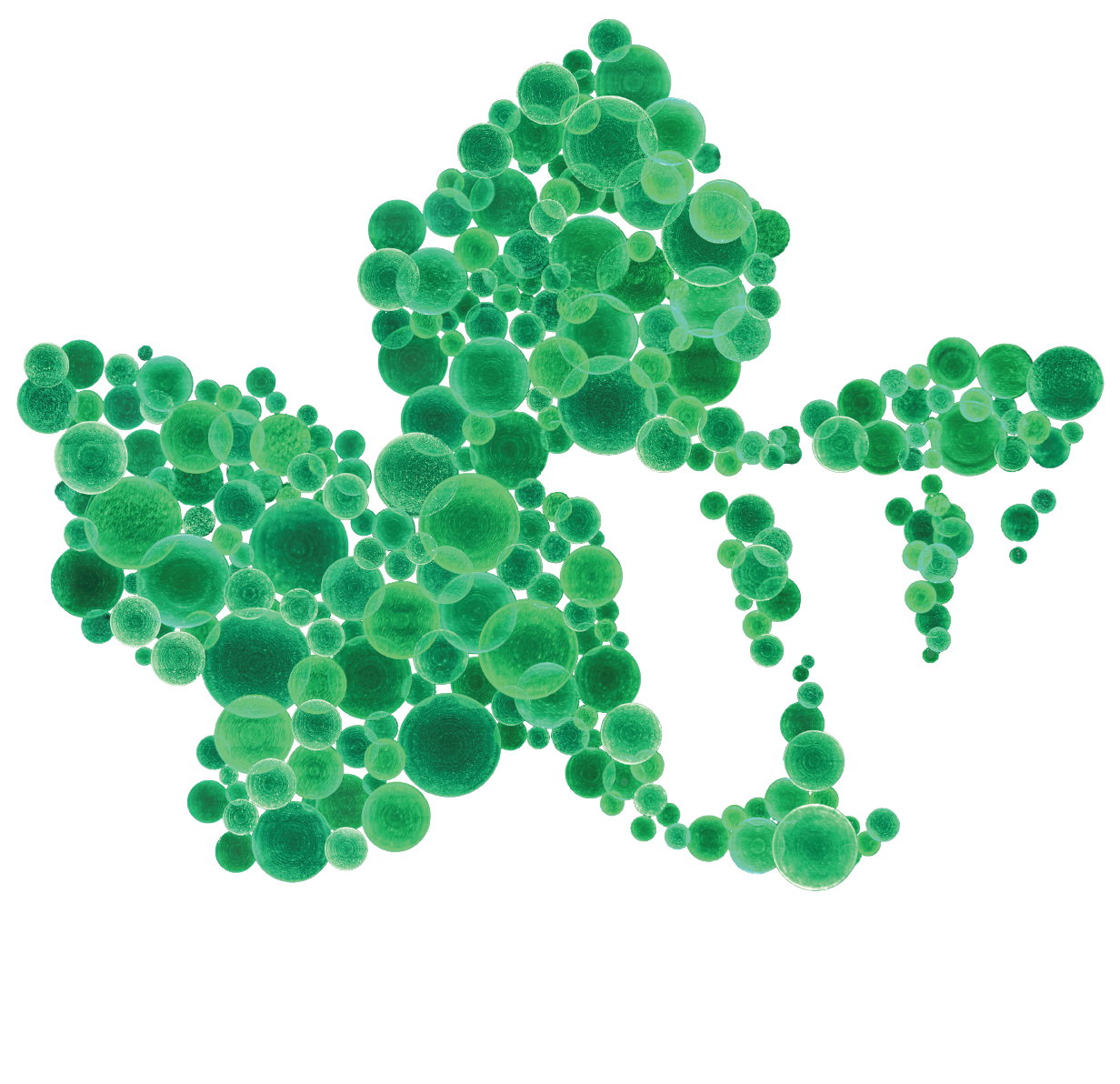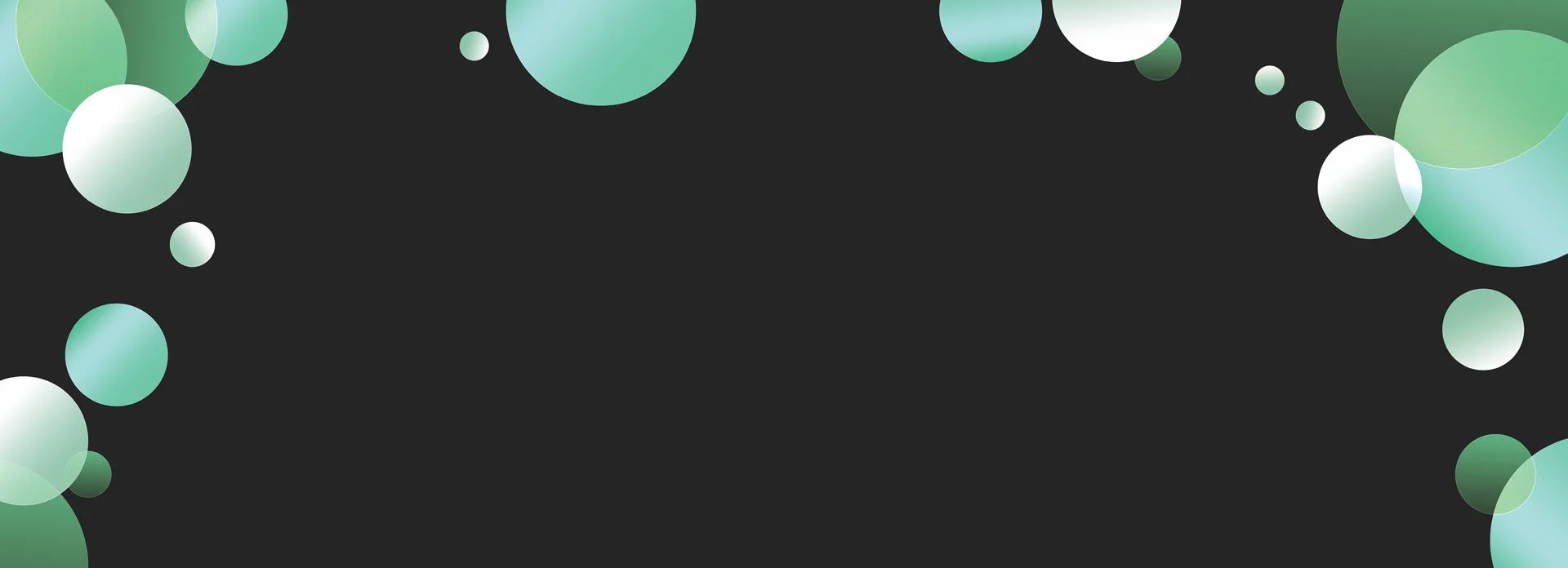Index
Circular Economy
A circular economy is one that is restorative by design, and which aims to keep products, components, and materials at their highest utility and value at all times. A circular economy provides a tightly looped, restorative economic cycle where resources can be re-adapted for use without limiting the desirability of products or the flow of revenue. To learn more, check out the links below:
To Read
Concept: What is a Circular Economy? A framework for an economy that is restorative and regenerative by design - from the Ellen MacArthur Foundation
Circular Economy Case Studies from the Ellen MacArthur Foundation
Circular Economy Butterfly Diagram — a system diagram illustrating the continuous flow of materials in a circular economy, from the Ellen MacArthur Foundation
The Circular Design Guide from IDEO and the Ellen MacArthur Foundation
Circularity Gap Report 2024 - an overview of the state of the global circular economy by the Circular Economy Foundation
Circular Economy Database Africa - an open-source database with diverse resources from academic publications to reports & policy papers
To Watch
Re-thinking Progress
Ellen MacArthur Foundation
The Circular Economy: From Consumer to User
Ellen MacArthur Foundation
What Does the Circular Economy Look Like?
Ellen MacArthur Foundation
Four Ways to Introduce the Circular Economy
Ellen MacArthur Foundation
Circular Economy in Cities
Ellen MacArthur Foundation
Circular Economy: Definition & Examples
Sustainability Illustrated
Circular Economy Examples
10 Examples of Circular Economy Solutions - from the State of Green
11 companies that are leading the way to a circular economy - from the World Economic Forum
Circular Economy Examples: Brands Changing the Game in 2020 - from the Future of Customer Engagement and Experience
Wicked Problem Solving
A wicked problem doesn't imply a sense of 'evil,' but rather refers to a problem that is considerably resistant to resolution. Efforts to grapple with one aspect of a wicked problem often reveal or create other obstacles that must be considered and overcome, hence the importance of transdisciplinary collaboration. To learn more, check out the links below:
To Read
What is a Wicked Problem and How Can You Solve It? by Interaction Design Foundation
Strategy as a Wicked Problem from the Harvard Business Review (plus excerpt from Horst W.J. Rittel and Melvin M. Webber’s 1973 article on the 10 properties of Wicked Problems)
Wicked Problems and How to Solve Them by Ana Carolina de Almeida Kumlien and Paul Coughlan
Wicked Problems Worth Solving Online book project by AC4D
Excerpt from Wicked Problems Worth Solving by Jon Kolko
"Wicked-Problem Solvers," from the Harvard Business Review
“Wicked Problems and Social Complexity,” excerpt from Dialogue Mapping: Building Shared Understanding of Wicked Problems by Jeff Conklin
To Watch
Is this the Future of Global Food Systems?
Disruptive Innovation Festival (DIF)
Wicked Problems & Multivsolving
Systems Innovation
How to Work with Wicked Problems
Kennisland
Wicked Problems and How to Solve Them
Breakthrough Institute
Design Thinking / Human-Centered Design
Design thinking is a human-centered approach for the development of ideas, business models, strategies, products, services, and brands. This technique pursues innovation through an alignment of consumer needs, sustainable manufacturing, and opportunity. To learn more, check out the links below:
To Read
The Power and Potential of Design in a Global Crisis by IDEO
Ten Tools for Design Thinking by Culture & Creativity by Culture & Creativity
10 Design-Thinking Tools: Turn Creativity and Data into Growth from UVA-Darden
The Most Complete Design Thinking Tools and Resource Collections by Mockplus
9 Design Thinking tools to try with your team by InVision
Design Thinking Methods, from Stanford University's D School
DesignKit, a multifaceted design thinking resource from IDEO
Design for Action by Tim Brown and Roger L. Martin, from the Harvard Business Review
To Watch
Stanford Webinar - Design Thinking = Method, Not Magic
Stanford University
What is Human-Centered Design?
IDEO
What Is Design Thinking? An Overview (2020)
AJ & Smart
Biomimicry
Biomimicry is the idea that complex human problems can be solved by imitating the systems, models, and design elements of the natural world. By looking to the natural world for inspiration, we can develop solutions that benefit both people and the plant. To learn more, check out the links below:
To Read
What is Biomimicry from the Biomimicry Institute
Biomimicry Toolbox from the Biomimicry Institute
Biomimicry Solutions from the Biomimicry Institute
AskNature - interactive resource from the Biomimicry Institute
Synapse: Spark Biomimicry Ideas from Biomimicry 3.8
Biomimicry Case Studies from Dezeen
To Watch
Biomimicry in Action: Case Studies
Biomimicry Institute
Intro to the Biomimicry Design Spiral and Scoping a Challenge
Biomimicry Institute
Inner Biomimicry: Think Naturally, Create Naturally
TED Talk by Jamie Miller
Biomimicry and Business Modeling Webinar
Biomimicry Institute
The World is Poorly Designed, But Copying Nature Helps
Vox
Business Model Development
Regardless of what your team is working on - a product, service, business/non-profit organization, or other solution - you'll need to develop a detailed business model that proves the viability and profitability of your idea, as well as its alignment with the circular economy. As you develop your business model, you'll need to be able to identify its strengths and weaknesses, as well as any risks you may face and how you plan to address them. For more information on how to develop a business plan, check out the links below:
To Read
Business Model Canvas from The Circular Design Guide by Ellen MacArthur Foundation and IDEO
The 5 business models that put the circular economy to work from Trellis
How to build a business in the circular economy from the World Economic Forum
Building a Circular Economy: 5 Key Concepts from the National Geographic
8 Business Cases for the Circular Economy from the World Business Council for Sustainable Development
The Circular Economy Business Model Toolkit from Forum for the Future
Business Model Innovation for Circular Economy and Sustainability: A Review of Approaches from the Journal of Cleaner Production
openLCA: An open-source Life Cycle Assessment tool
To Watch
The Business Model Canvas Explained
Strategyzer
Fixing the SWOT Analysis
Tools for the Future by Nathan Shedroff
Building a Business: The business model canvas and customer development
Saïd Business School, University of Oxford
WCEF2017 Transformation to Circular Business Models
SitraFund
How to Scale up your Business
Verne Harnish from Gazelles
Why it’s Time for “Doughnut Economics”
TED Talk by Kate Raworth
DIF: How Do Circular Economy Startups Get Funding?
John Atcheson and Jeffrey Eneberi
Circular Economy: New Business Models
Tom Szaky
Circular Business Models
Interreg Europe
Solutions for Regenerative Capitalism
Michigan Sustainable Business Forum hosted John Elkington
Materials and Technologies
As your team develops a solution, you'll need to detail the resources/materials——technological, biological, and/or capital——incorporated into your solution, provide justification for their use, and illustrate their alignment with the circular economy. Check out the links below to learn about innovative ways you can incorporate materials and emerging technologies into your work:
To Read
Materiom - open data on how to make materials that nourish local economies and ecologies
These 5 Disruptive Technologies are Driving the Circular Economy from the World Economic Forum
Why materials will make or break the circular economy from Trellis
New Technologies and How to Build a Circular Economy
from Recycling International
MaterialDistrict — a free global online database of innovative materials
The New Plastics Economy from the Ellen MacArthur Foundation and the World Economic Forum
Additive Manufacturing: Industry Trends and Outlook from FormLabs
“Why the Circular Economy is a Digital Revolution” from the World Economic Forum
Smart Material Choices from the Circular Design Guide
To Watch
DIF: Take inspiration from natural materials
Alysia Garmulewicz
The Story of Stuff
The Story of Stuff Project - documentary on current production/consumption patterns
Smart Materials of the Future
TED Talk by Anna Ploszajski
DIF: Reconnecting designers with their materials
Liz Corbin
Material Innovation Now
TED Talk by Andrew Dent
Chemical Materials and Sustainable Design
TED Talk by Michael Werner
DIF: A Good Disruption: Advances in AI, 3D Printing, and Biomaterials
Martin Stuchtey
DIF: The Biggest Revolution in 3D Printing is Yet to Come
Alysia Garmulewicz





